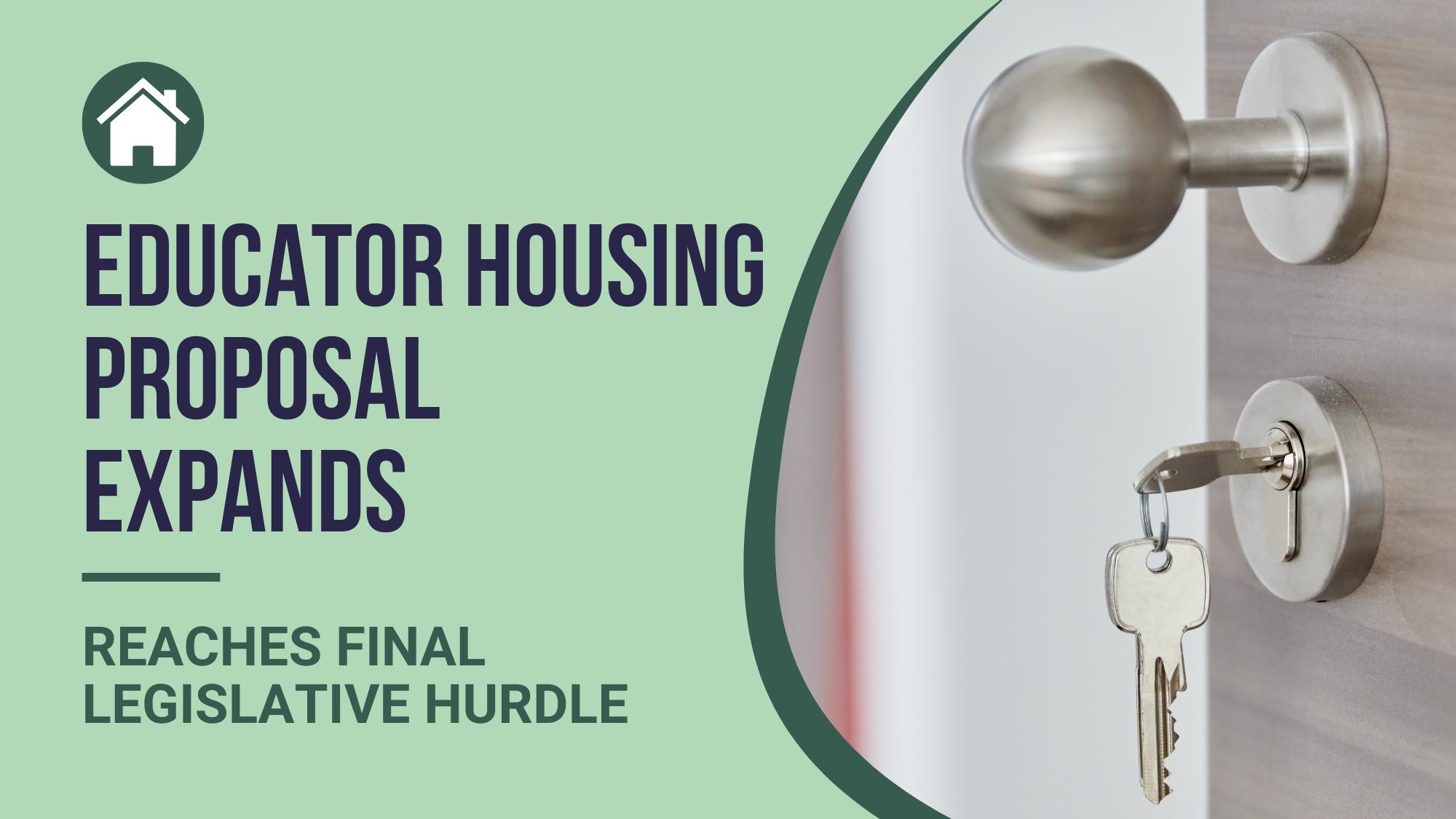School employees would be eligible to live in affordable rentals on all major islands
Posted: April 28, 2023
A key legislative conference committee Friday approved a proposal to develop school employee workforce housing on Oʻahu, Hawaiʻi Island, Maui, and Kauaʻi.
Lawmakers plan to appropriate $170 million into the state budget to fund the projects at a variety of locations. The budget proposal and Senate Bill 941 head to the full House and Senate for approval before the Legislative session adjourns next week.
Lt. Gov. Sylvia Luke, who has worked closely with lawmakers on efforts to expand preschool and create affordable housing for educators, told HSTA Friday that the proposal which began targeting housing near high schools in Nānākuli, Waipahu, and Mililani has expanded and now will likely include those sites, plus locations in Windward Oʻahu and the neighbor islands.
“We’ve already looked at formerly used hotels and other properties that can be quickly converted into rental housing for educators,” Luke said.
“The state will be expending funding to leverage developers to allow for long-term affordable rentals for educators,” she said. “We’re looking at lease agreements with private operators.”
“In certain areas, like Mililani, Waipahu, and Nānākuli, we are looking at building preschool facilities on the bottom floors and top floors will be educator housing,” Luke added.
Co-locating educator housing and preschools makes sense in certain situations, she said.
“This money and this bill are important because it allows the School Facilities Authority to integrate the two initiatives, creating more preschool facilities and creating teacher housing,” Luke said.
“This is a unique opportunity and a terrific way to help educators who are struggling with the high cost of housing and the high cost of child care. By integrating preschool and housing together and co-locating will allow so much more support and flexibility for educators who want to dedicate their life for the love of teaching,” she added.
Sen. Michelle Kidani, chair of the Senate Committee on Education, said Friday, “(I) want to thank the lieutenant governor for her foresight in this and for her hard work, and for our numbers on the Senate side and on the House side for your diligence and moving this forward.”
Hawaiʻi State Teachers Association President Osa Tui, Jr. said, “We are grateful that legislators are focusing on creating affordable housing for those who work in our public schools. We know that a broad variety of educators, from those early in their careers to the most senior teachers, have a hard time affording housing in the islands.”
“Many of them have side jobs which means they can’t devote their full attention to their students and the preparation of lessons that they usually complete after school once their students have left for the day. Instead, they are rushing off to their second or even third jobs when they would much rather concentrate on teaching their students,” Tui added.
Chad Keoni Farias, executive director of the School Facilities Authority, is charged with making the projects happen. He told state lawmakers in March that his agency is “looking at the areas of greatest need, where the (educator) vacancies are, also considering traffic and where these teachers want to live.”
Farias said the SFA is working with the HSTA to survey members on where they would like to live and what types of units would work best. “We want to make sure we build these pilots in the right places, and we want to build the right type of unit,” Farias testified. HSTA will share more information about the survey, expected to go out later this year, when it is finalized.
Officials predict the earliest these educator housing facilities could open would be in about two and a half years, in late 2026 or early 2027.
The Hawaiʻi State Department of Education currently has 51 affordable rental units that teachers at rural schools can live in, usually for limited periods of three to five years. The plans being discussed by lawmakers would greatly expand the rental program and bring it to more suburban and urban areas, beyond the rural areas such as Lānaʻi, Moloka’i, Hana (Maui), and Kohala (Hawaiʻi Island), which have teacher rental units in operation today.

